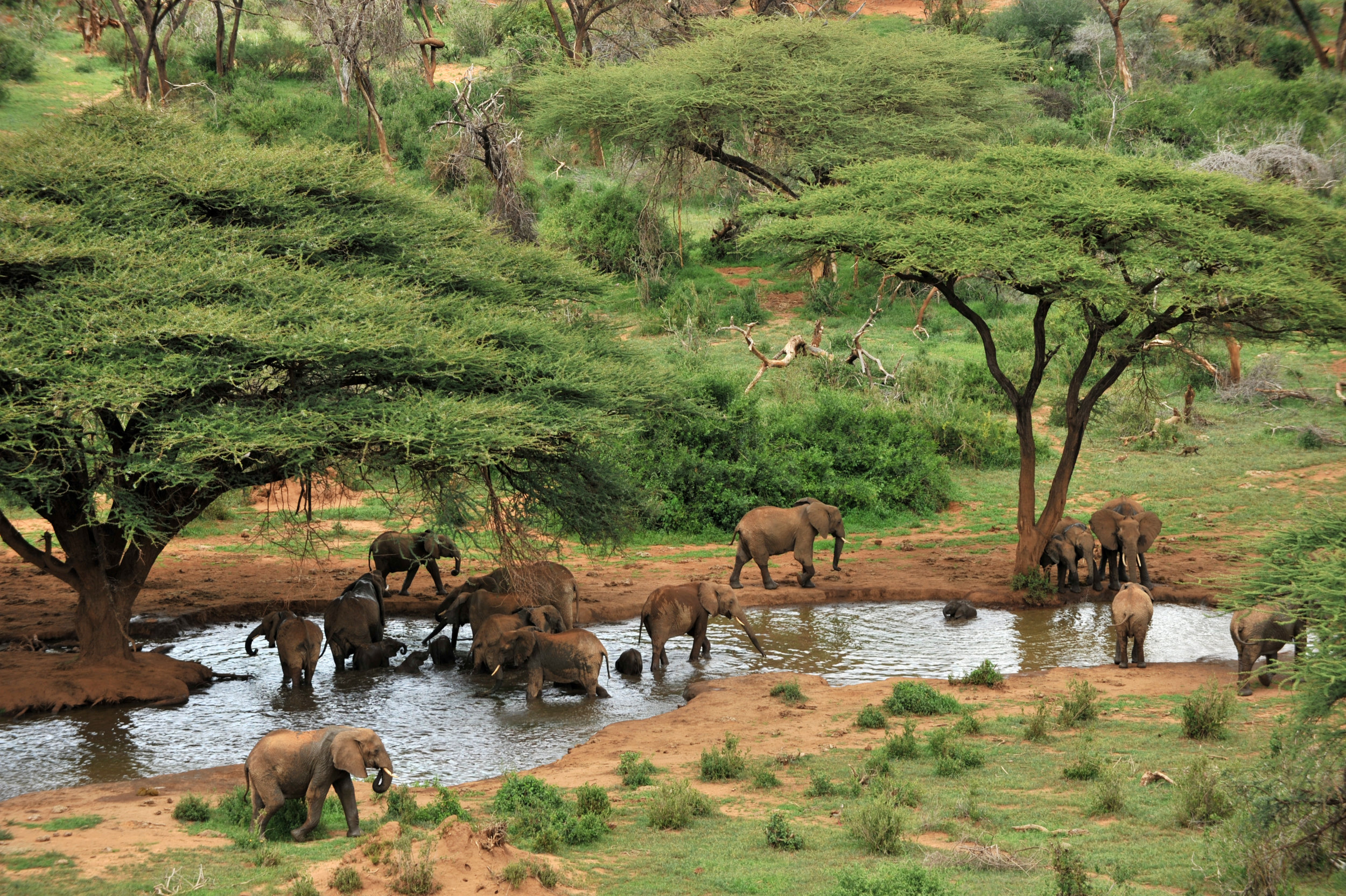
What is the purpose of zoos? And, are they fulfilling their primary objective?
I have been mulling over these questions for several years now.
The first ‘modern’ zoo opened in Paris in 1793. The idea quickly spread to cities throughout Europe and beyond. The question which I have found myself reflecting on more-and-more, after reading the IPBES report into the extinction crisis is, “Given zoos have had over 200 years to enlighten us to the importance of non-human animals, how come so few people care about wildlife and the natural world?” In this task, zoos have obviously failed, as it is our purchasing behaviour that is driving the extinction crisis.
The May 2019 IPBES report into global biodiversity loss highlights that a million species are at risk of extinction in the coming decades. The report confirmed that direct exploitation for trade is the most important driver of decline and extinction risk for marine species and the second most important driver for terrestrial and freshwater species. It isn’t climate change driving the extinction crisis but human consumption, the currently legal consumption, of wildlife and botanicals, together with the ongoing destruction of habitat for agricultural purposes.
While zoos obviously trigger a passion for protecting wildlife in some people, is it simply too few to justify keeping this industry open in its current form? The extinction crisis seems to show that there is too little benefit for the wild cohort to excuse the keeping of wildlife in captivity. Zoos speak about being there to educate and entertain. The IPBES report shows that the mission to educate has failed. And if zoos are more about entertainment, is this appropriate?
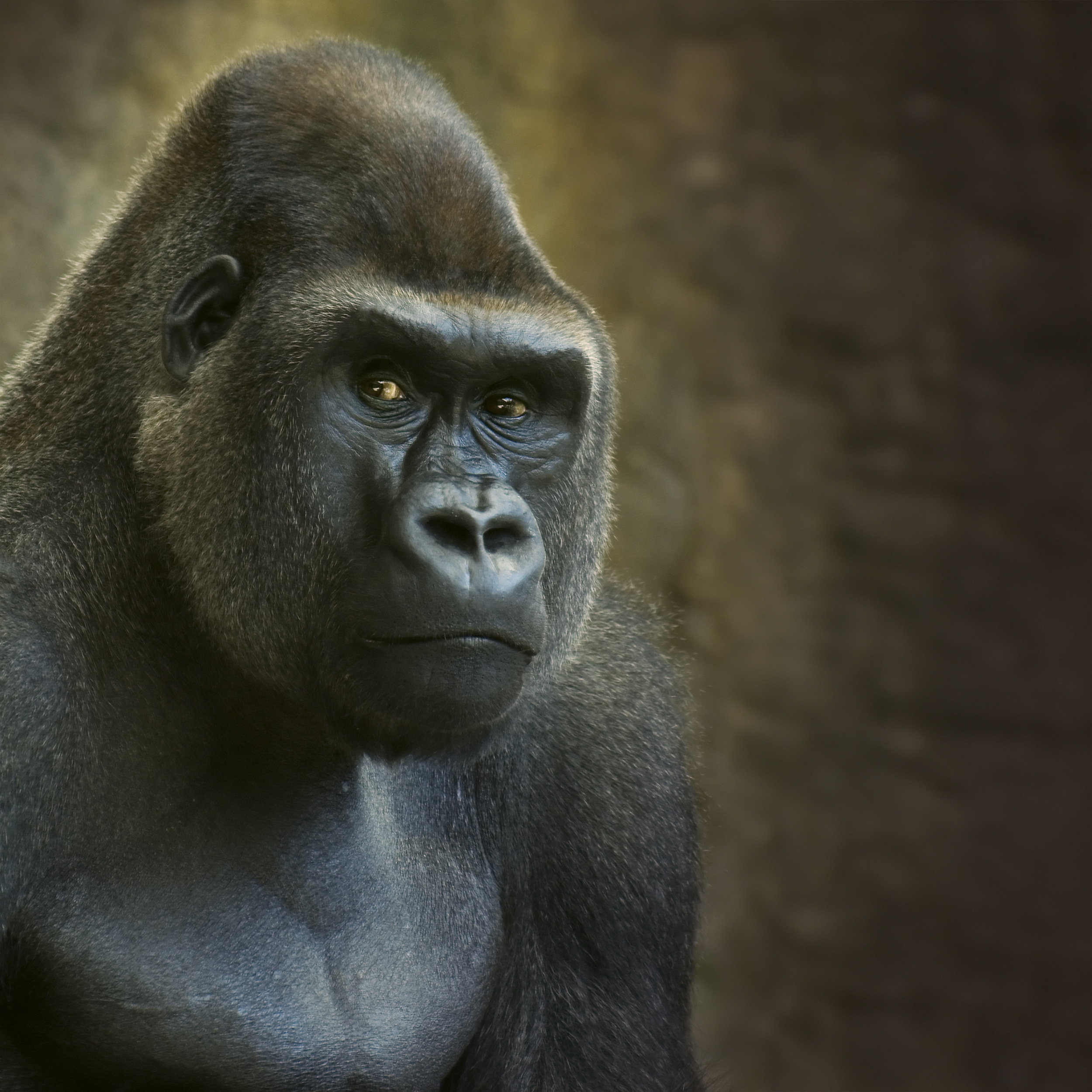
I have spent recent days again reflecting on the rational and emotional arguments of just how appropriate it is to keep sentient beings in zoos. This time as a result of an article discussing that European zoos are considering culling a number of critically endangered western lowland gorillas. Overcrowding means that the European Association of Zoos and Aquaria (EAZA) responsible for the regulation (and I use this word lightly) of some zoos in Europe, is considering killing a number of adult males.
Leaked documents seen by the Guardian reveal that culling, castration and keeping adult single males in solitary confinement for a large portion of their lives are seen as potential solutions to an overpopulation of the species in zoos. In relation to male western lowland gorillas, there are 212 males in 69 EAZA accredited zoos. (And, it is important to note, not all zoos are members of EAZA, so the total number of male western lowland gorillas in European zoos could be significantly higher).
The document reads, “[culling would be] the most appropriate tool if strictly talking from the biological point of view,”, and goes on to say, “Any discussion on culling can quickly become an emotional one because it is easy to empathise with gorillas. This carries a high risk that an emotional response by the public and/or zoo staff and keepers, catalysed by social media, inflicts damage to zoos and aquariums.”
This statement appears to clarify that the main concern is brand damage for zoos rather than the fact they are considering killing a number of otherwise healthy, sentient beings, gorillas who are critically endangered in the wild, and highly intelligent. And, if as it states, “[culling would be] the most appropriate tool if strictly talking from the biological point of view”, then I must ask, why in this day-and-age is it deemed OK to look at this from a ‘strictly’ biological point of view? And, if there are too many, why is this the case?
Zoos have tried to reinvent themselves in recent years to be conservation focused, hosting critical captive breeding programs. But this seems very disingenuous when the result of ‘over captive breeding’ is culling the unwanted excess. Why did the overbreeding occur, aren’t the zoos talking to each other? Don’t they keep ‘stud books’? What is EAZA’s responsibility regulating a Europe-wide approach to captive breeding program, so such overbreeding doesn’t occur?
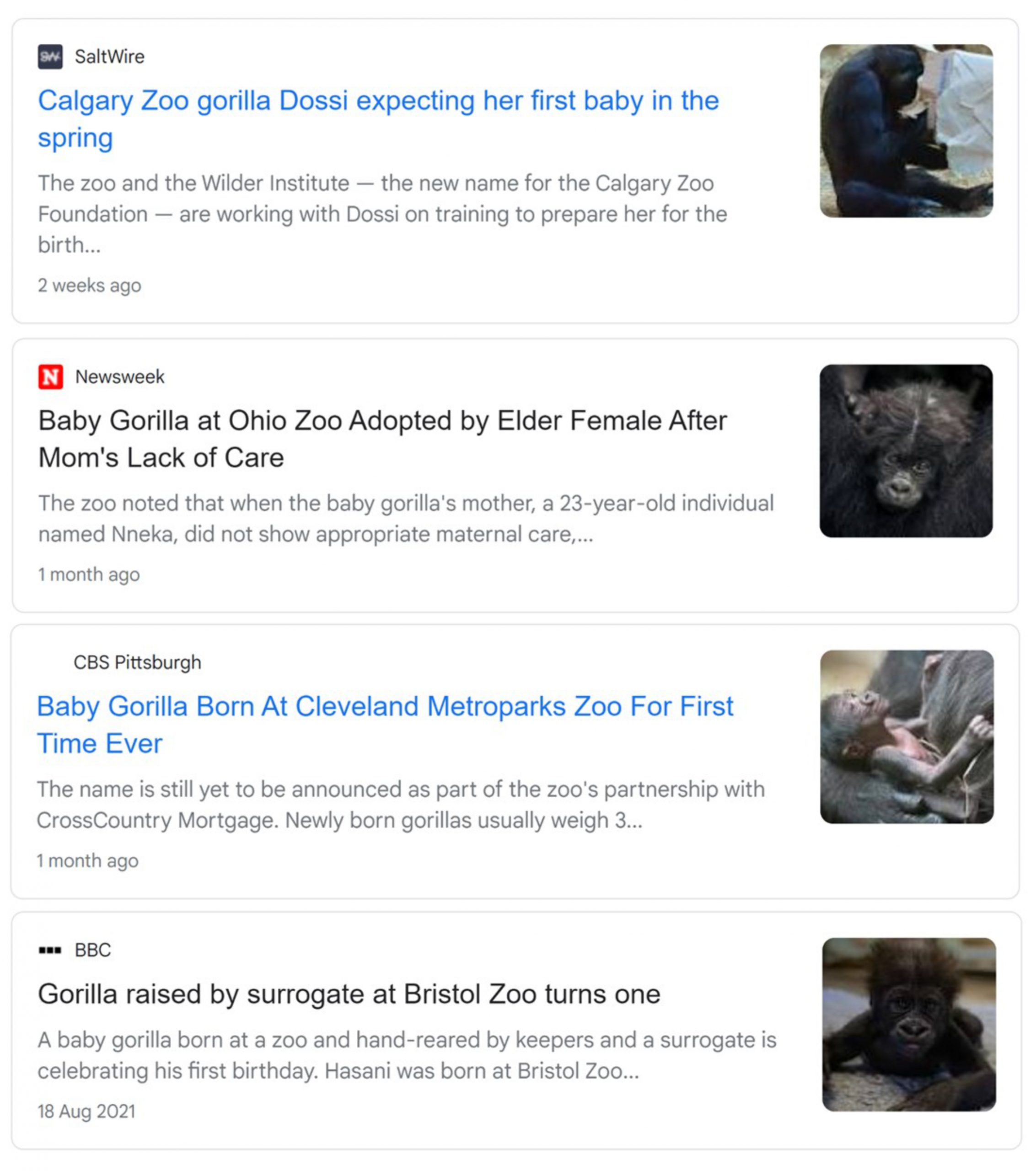
Zoos certainly love the media attention that comes with a new arrival and the publicity the “name the baby game” receives. A new baby brings greater visitor numbers and revenue.
The culling, castration and solitary confinement of male gorillas is just one of many stories from recent years that bring into question the purpose of the zoo industry.
Concerns about the capture of wild elephants in Southern Africa to be sent to zoos in Asia, has triggered an understandable outcry. Some elephants are found to be held in isolation or small enclosures with concrete floors. All this leads to concerned citizens, working to find better lives for elephants who show signs of stress, that affects their physical and psychological health. A growing body of evidence shows a number of species at their destination ‘zoos’, confined to environments that are unable to meet their physical and behavioural needs.
Only recently, an article by Don Pinnock gave yet another example of the trade in live elephants to zoos. Namibia, Botswana, Zimbabwe and South Africa can trade live elephants to what is deemed as ‘appropriate and acceptable destinations’.
Which brings me to the relationship between CITES and WAZA (The World Association of Zoos and Aquariums).
I have lost count of the number of people who have asked if Nature Needs More would do the same deep dive into WAZA as we have done into CITES. There is an ever-growing body of evidence confirming that systemic change is needed into the zoo and aquarium industry’s regulation and monitoring, there are questions that need to be asked and answered.
For example, what constitutes an ‘appropriate and acceptable destination’? CITES has minimal, non-binding guidance on what constitutes a ‘zoo’, and provides no independent checks that a zoo is really a zoo. If the importing CITES Management Authority issues an import permit based on a recipient ‘zoo’, then the exporting management authority will have little reason to doubt this and issue the export permit. Nobody is going to fly over and check under the current CITES convention (though they should, as this needs to be a part of the regulation and monitoring) that the destination is ‘appropriate and acceptable’.
Just one example of the problems associated with this slapdash approach was highlighted by Lisa Cox’s investigation of endangered Australian birds being traded to a German ‘zoo’. The exposure resulted in the Australian federal government commissioning KPMG to do an investigation into the trade. The KPMG Report, ‘Regulation of the export of native and exotic birds’ documented deficiencies in the trade management systems, policies and procedures, including the fact that no enquiries were made into the destination organisation even after allegations were made.
So, what exactly is CITES non-binding guidance for determining whether a proposed recipient location is an ‘appropriate and acceptable destination’? CITES documents state, factors that should be recommended under the guidance for evaluation when considering whether the proposed recipient of a living specimen is suitably equipped to house and care for it may include, but are not limited to:
- Physical housing (size and space [adequate space to display normal behaviour; to expand as the animal grows; availability of indoor/outdoor housing; and if animal is on public display, availability of private, off exhibit area], construction materials, shelter from sun/rain, safety and security measures, suitable arrangements for quarantine, substrate type);
- Species-specific enclosure furnishings (for example provisions of pools, climbing equipment, hides, nest boxes, plants and hiding places);
- Animal care and husbandry (climate conditions, including correct temperature and light; water quality parameters for aquatic species);
- Dietary needs (species-specific food and nutritional requirements, access to potable water);
- Adequate provisions of suitable veterinary and animal care (sufficient numbers and expertise of staff who care for the animals, disease considerations, preventative medicine);
- Wildlife laws (comply with all relevant wildlife laws and/or regulations and possess all appropriate permits and licenses for the species involved);
- Social well-being and animal behaviour (appropriate social groupings for the species, methods of integration, appropriate social and behavioural enrichment, ability to separate the group where needed);
- Management (facility’s adequate record-keeping);
- Any other taxon-specific considerations.
But that appears to be as far as CITES goes, some common sense guidelines on paper, but who is responsible for this being the case in reality and what are the consequences when wildlife is found to be housed in facilities that can’t meet their physical, emotional and behavioural needs?
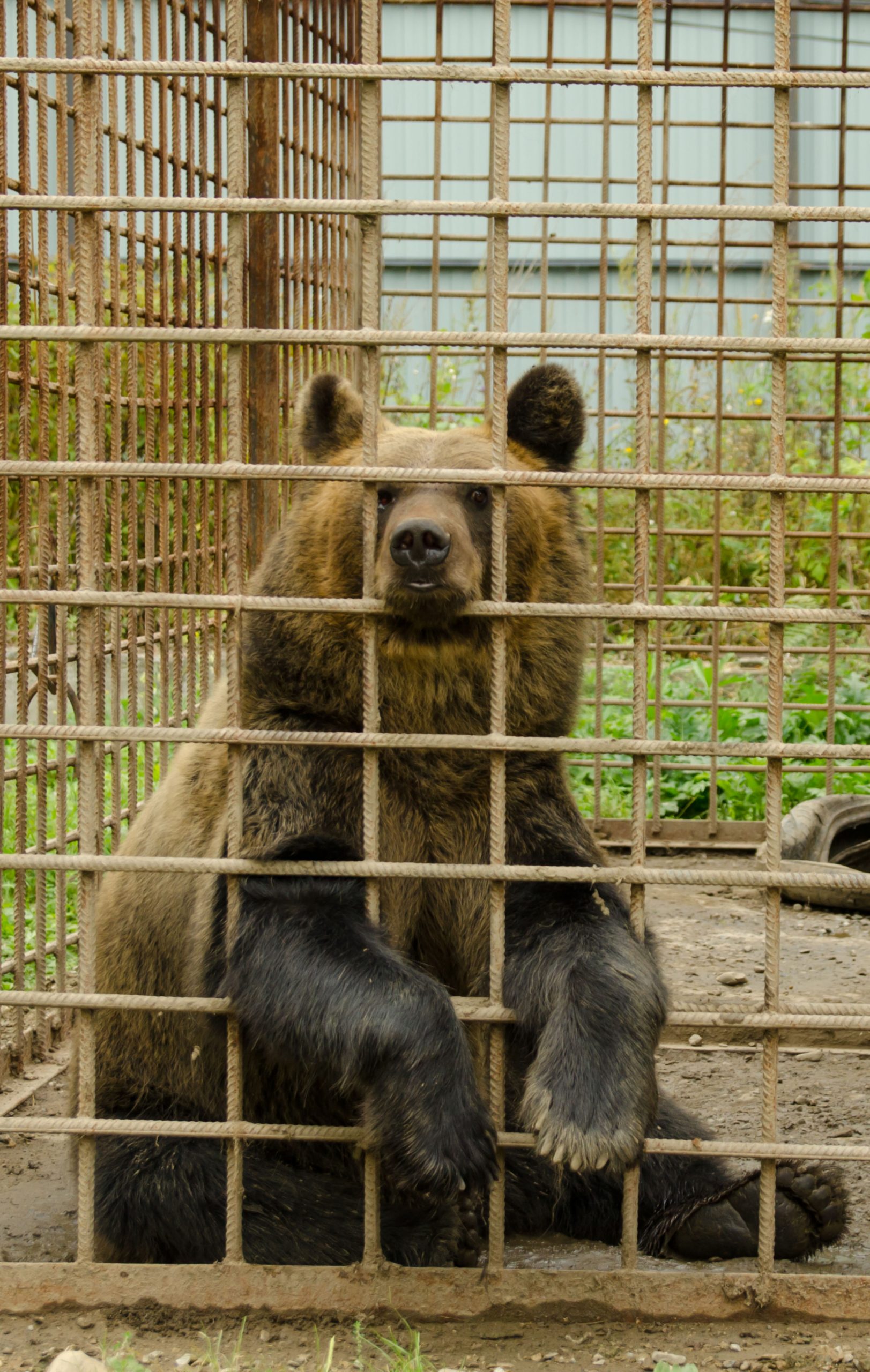
So, what does WAZA say? What it terms as its basic principles for the guidance of all members states, “The continued existence of zoological parks and aquariums depends upon recognition that our profession is based on respect for the dignity of the animals in our care, the people we serve and other members of the international zoo profession. Acceptance of the WAZA World Zoo Conservation Strategy is implicit in involvement in the WAZA.”, it continues, “Exhibit Standards: All exhibits must be of such size and volume as to allow the animal to express its natural behaviours. Enclosures must contain sufficient material to allow behavioural enrichment and allow the animal to express natural behaviours. The animals should have areas to which they may retreat, and separate facilities should be available to allow separation of animals where necessary. At all times animals should be protected from conditions detrimental to their well-being and the appropriate husbandry standards adhered to.”
But does WAZA provide annual, independent checks and audits of its members? And, let’s remember that many of these destination zoos are not members of WAZA.
The CITES-WAZA MoU only came into being in 2011, so it took them a while!
Zoos are obviously worried about the increase in scrutiny, why else would they release the 2021 documentary Escape from Extinction. As a guardian review states, “Escape from Extinction is so hellbent on forcing its case, it feels hard to trust. It doesn’t engage on what conditions “accredited zoos” must meet, or enter into discussion with animal rights activists with legitimate concerns about the lives of animals in captivity.”.
Zoo’s marketing materials talk about the goal of many captive breeding programs being the re-introduction of animals into the wild. I don’t think that they would get the same level of donations if the marketing approach was that excess captive breeding will lead to culling, castration or solitary confinement.
Undoubtedly, some captive breeding programs are needed, but is it time they are all done in-situ and with local communities, rather than in zoos? This comes back to my question of, “While zoos obviously trigger a passion for protecting wildlife in some people, is it simply too few to justify keeping this industry open in its current form?”. Is this a dialog that we should have during 2022, the year of biodiversity? The Association of Zoos and Aquariums says that “zoos and aquariums are some of the best places for you and your family to get connected to nature and become engaged in conservation action.” But if this connection to nature doesn’t lead to any benefits for wildlife (and there isn’t a great deal of evidence that it has) then what needs to change for zoos to justify the industry staying?
Zoos have done little to clean up the global industry. Private zoos, roadside ‘zoos’, zoos attached to pubs and hotels all need to be scrutinised. As a very minimum, ‘to raise the floor’, should trade only be allowed between WAZA listed zoos?
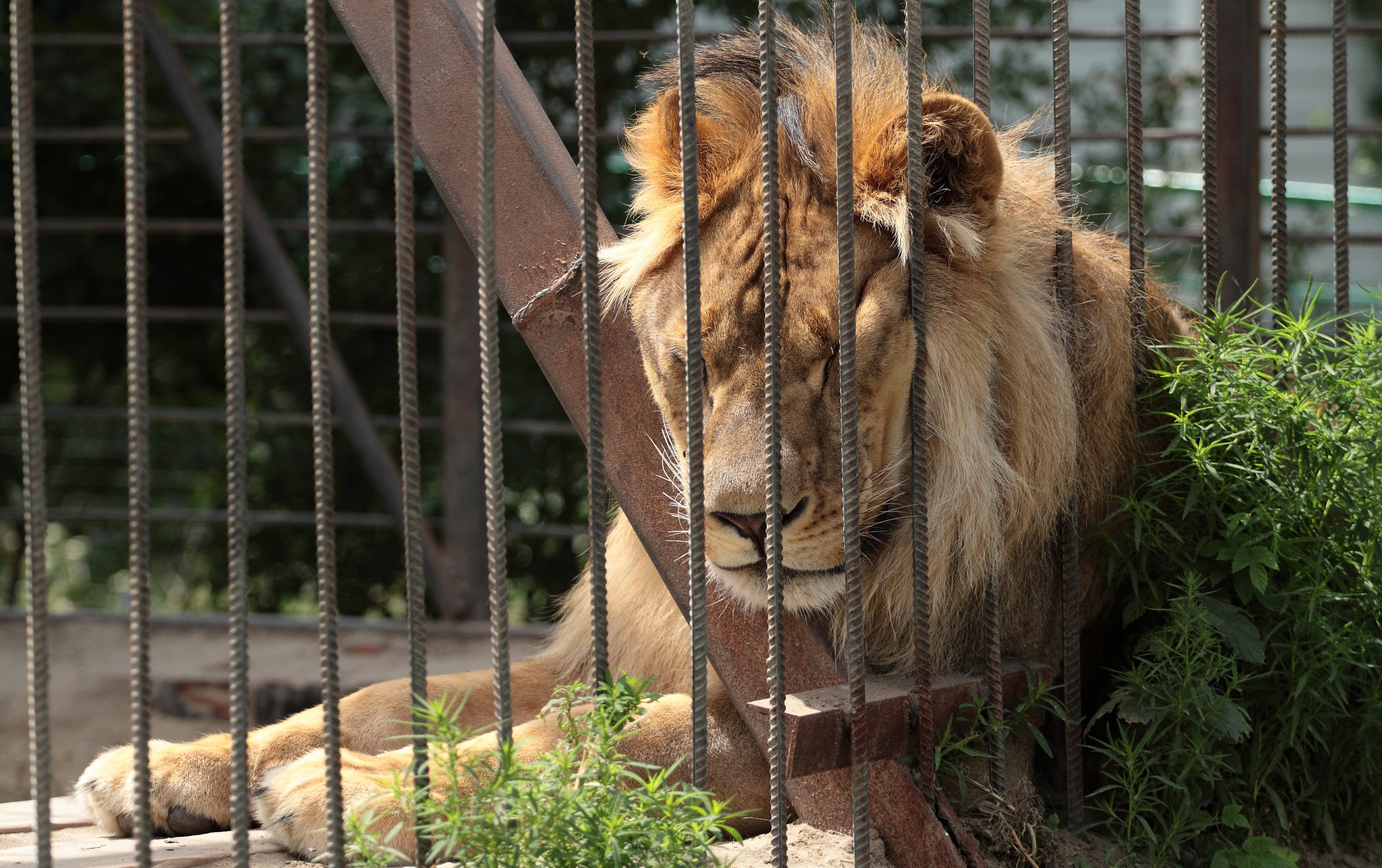
Let’s remember that humans were kept on display in zoos well into the 20th century, the last “human zoo” was in Belgium in 1958. Often created as part of international trade fairs, people were put on display as articles of curiosity, to act out their cultural dances and rituals. These displays appear to have legitimised for some people a belief in the moral superiority and inequality of races, that exists to this day.
So where to from here? It is clear that the nature of this debate has been slowly shifting in recent years and we can anticipate that in 20 or 30 years’ time the keeping of a number of iconic and/or highly sentient species will be considered unacceptable by the broader public. This debate has more recently extended to the notion of non-human rights, with its push to give animals and ecosystems rights to their existence independent of human needs and wants.
Together with the discussions of setting aside 30% of land for nature by 2030, it could provide the basis of a significant shift. But this means nothing if there is no commitment to provide the necessary funds to establish such protected areas or, if in-depth discussions on the nature of land ownership and rights don’t occur.
While these more complex transitions are discussed, a starting point must be improved regulation. For example, a substantial commercial trade in exotic pets such as exotic cats, birds and reptiles is currently disguised as a trade between ‘private zoos’, again undermining the integrity and legitimacy of the global zoo industry. In addition, there is no clear definition of a ‘zoo’ and even if such a definition is in place, the requirements, such as for being open to the public, are often non-binding or frankly ridiculous; EU Directive 1999/22 on zoos requires them to be open to the public for only ‘7 or more days a year’. Is a facility really a ‘zoo’ if it is closed to the public for 358 days of the year?
To get buy-in for the changes needed to the trade in endangered species, zoos, trophy hunting and our general disregard of other species’ needs and rights, we are overdue for a significant shift in our relationship with nature, away from our current position as a ‘superior’ species and unlimited exploitation for human benefit, to an acceptance that we are part of nature, that we are animals too. Indeed, our very existence is dependent on biodiversity’s ability to thrive; until we are all safe, no one is safe.
It is time for more of us to remember the words of Henry Beston,
“The creatures with whom we share the planet and whom, in our arrogance, we wrongly patronize for being lesser forms, they are not brethren, they are not underlings, they are other nations, caught with ourselves in the net of life and time, fellow prisoners of the splendour and travail of the Earth.”
